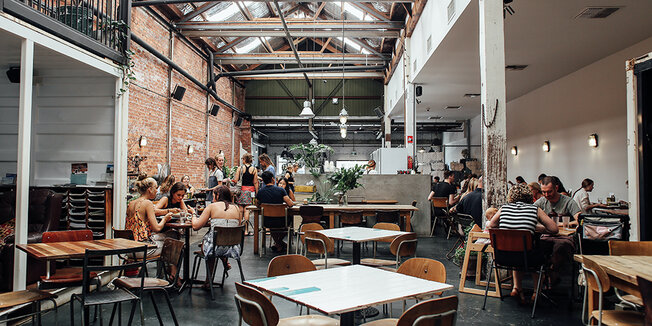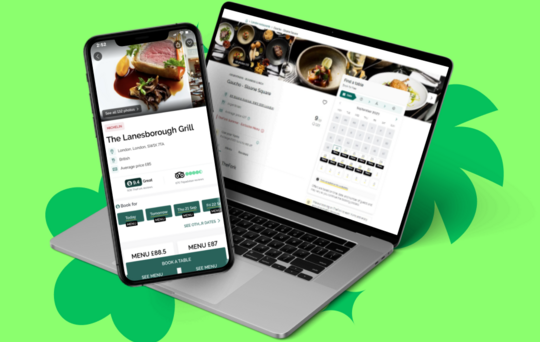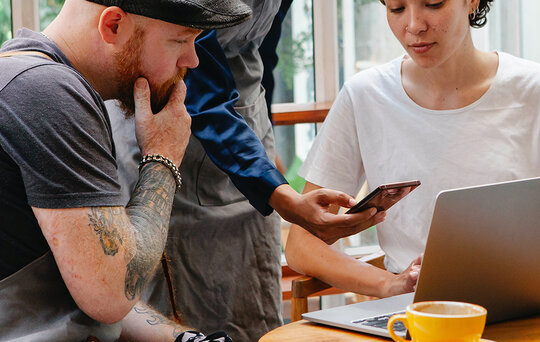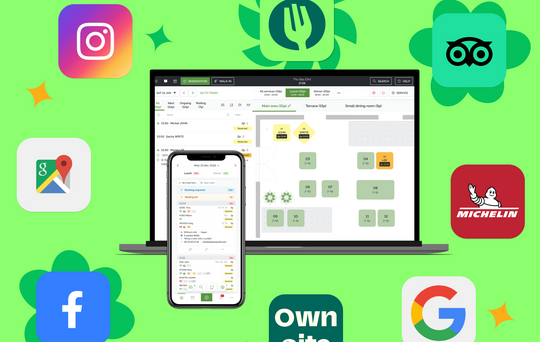Storytelling: Your tale at the heart of your restaurant marketing
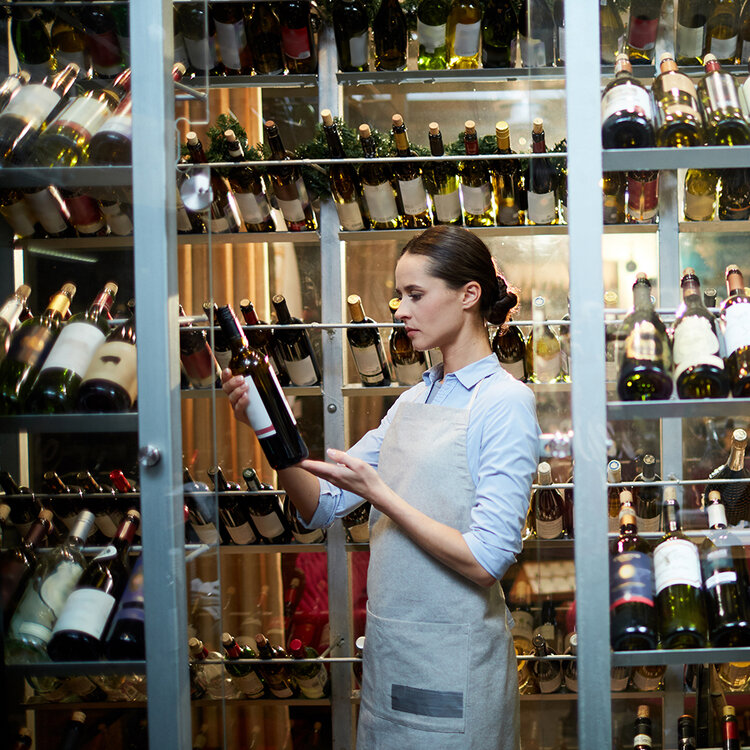
Today, a restaurant is much more than a place to have a meal. Restaurants have evolved into brands, and experiences - a place with an authentic story that guests love to return to. By harnessing those stories, you can create a strong bond between your brand, individuals, and restaurants, a practice known as storytelling. Discover what storytelling is, how it can enhance your restaurant marketing, and how to successfully use it to secure more reservations in this blog.
What is Storytelling?
Storytelling can be seen as the entire process of conveying a message, emotion, or identity through a storyline. Storytelling has been around as long as humanity itself, making it an effective way to capture attention, prompt action, or leave an impression.
The Role of Storytelling in Restaurant Marketing
In restaurant marketing, storytelling goes beyond merely sharing information. If you can uncover and utilise the storylines surrounding your restaurant, it becomes a powerful tool to convey your restaurant's personality, passion, and unique aspects. This can be done through social media, your website, or other channels, making potential guests feel drawn to the (culinary) experience that becomes increasingly tangible with each story, aspect, and character they encounter. This makes them more likely to make a reservation.
Storytelling allows you to bring your restaurant to life and create an emotional connection with your guests. It enables you to convey unique characteristics and values that go beyond what's on your menu.
Try TheFork for free
Discovering and Sharing Stories
Now that you understand what storytelling entails, it's time to discover your own stories. Reflect on your team, yourself, and the people around you - what can we tell guests about ourselves? There are probably some amazing stories revolving around these topics:
1. The Story Behind Your Restaurant
Every restaurant has a story. Maybe you started your restaurant out of a passion for a particular product, it's been in the family for decades, or you knew from a young age that you wanted to be a restaurateur. Your story is what makes your restaurant unique, so ensure it gives your restaurant character.
2. The Faces Behind the Business
One of the most compelling stories you can tell is about the people behind your restaurant. Introduce your guests to the chef, sommelier, or dedicated staff who make every visit a special experience. Share their passion, inspiration, and how they elevate your restaurant to new culinary heights.
3. Your guests at the Centre
Your diners can also play a role in your restaurant's story. By sharing their experiences and memories, you can attract potential guests and encourage repeat visits. Post photos and reviews from satisfied customers and actively involve them in your story. Share the great reviews you receive from your guests, which if your restaurant is published on TheFork, can be found in the review overview.
4. The Products on Your Menu
In line with the sustainability trend, guests are more interested than ever in knowing where your products come from. Therefore, involve your producers and the (local) businesses you collaborate with in your storytelling. A random beet is just a random beet, but a beet from the Hill family in Lincolnshire, which has been in the industry for 5 generations, already feels like a whole different story.
Building a Brand through Stories
Storytelling also helps in building your restaurant's brand. By being consistent in your story, the tone of your restaurant, and the values you represent, you can create a recognisable brand that resonates with guests. A strong brand fosters a warm bond and trust.
Practical Application of Storytelling in Marketing
How do you incorporate all these stories into your restaurant marketing? This can be done through text and visuals. Showcase your dishes in all their glory, display images of the restaurant and staff in action, and breathe life into your story with visual elements. Or take your reader to the place where it all began, where the first seed was planted.
To implement storytelling effectively:
- On social media: Post regular updates and stories on your social media channels. Share photos of special dishes, behind-the-scenes moments, and guest experiences.
- On your restaurant page on TheFork: Create the right ambience through a good description and photos before guests make a reservation. If you don't have a restaurant page yet, you can request one here.
- On your website: Create an "About Us" page on your website to tell the story of your restaurant. Give guests a behind-the-scenes look.
- In email marketing: Add storytelling elements to your newsletters, such as stories about new menu items or staff.
- On your menu: Bring your menu to life with descriptions that reveal the origin of dishes and ingredients.
- During events: Use storytelling to accompany the announcement of special events or theme nights.
Get Started
Storytelling is the key to success in your restaurant marketing. By sharing your unique story, highlighting the people behind your menu, and putting your guests at the centre, you can build a strong brand and attract guests to your restaurant. So, get started with storytelling. Tell your story and create an unforgettable connection with your guests, ultimately leading to an unforgettable experience in your restaurant.



